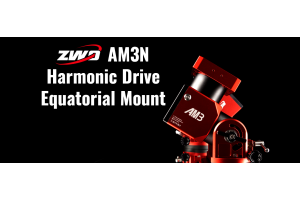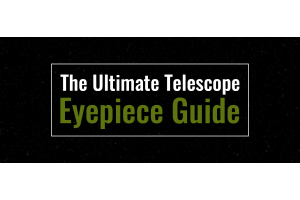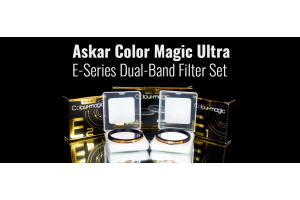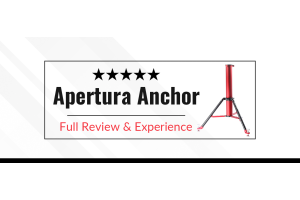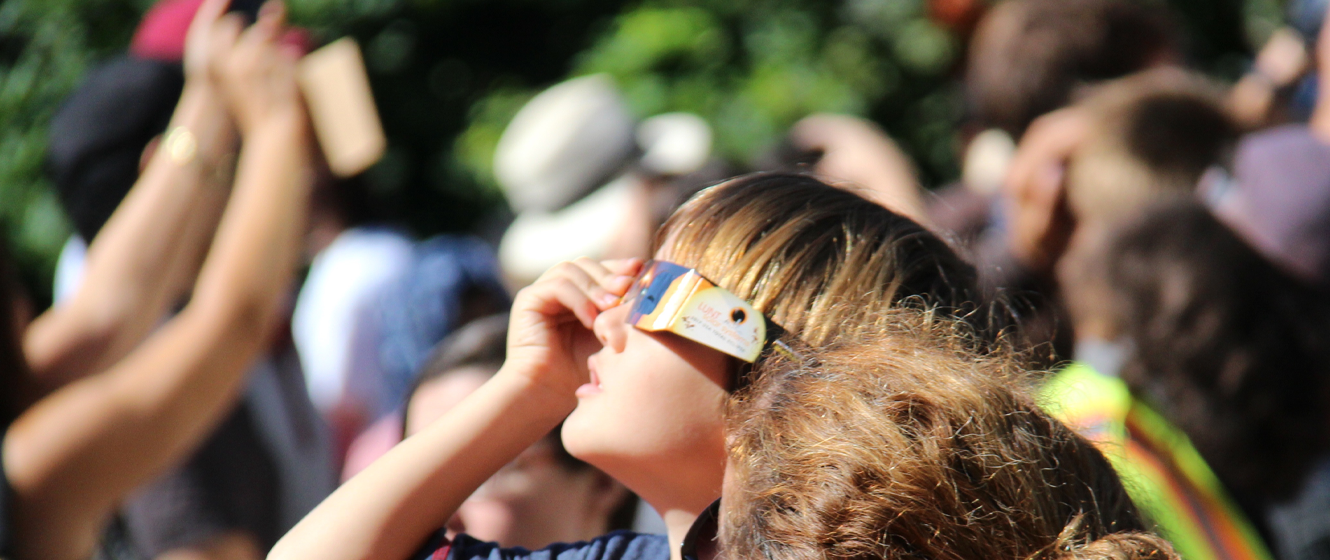
Solar eclipses are a truly out-of-this-world experience, and one of the most amazing sights the universe has to offer. When the Moon passes between the Sun and the Earth, it casts a shadow on the Earth and anyone standing within the shadow will witness an eclipse.
Every eclipse presents a unique opportunity for you to experience one of the most beautiful celestial sights imaginable - and what better way to remember it than by sharing the experience with those you love?
What makes a solar eclipse so exciting? Well, for starters, it's not every day - or even every month - that we’re treated to an eclipse. In fact, unless you’re willing and able to travel the world, they're pretty rare. It's also an opportunity to see the Sun in a whole new light - or lack thereof!
More than this, it's the ultimate science experiment, as we get to witness the forces of nature in action. There’s no better way of seeing celestial mechanics in motion than by watching the Moon move along its orbit and pass in front of the Sun.
But that's not all - experiencing a solar eclipse with your family is an opportunity to create memories that will last a lifetime. Imagine standing in the shadow of the Moon with your loved ones, feeling the awe and wonder of the universe. It's a chance to share in something truly spectacular together, and to marvel at the incredible beauty of our solar system.
At High Point Scientific, we’re excited to share this experience with you, and to help your family prepare for this celestial experience.
Safety First
PLEASE NOTE: DO NOT LOOK AT THE SUN DURING THE PARTIAL PHASES OF THE ECLIPSE WITHOUT EYE PROTECTION! It is only safe to look at the Sun without protection during totality.
As exciting as a solar eclipse can be, it's important to remember that safety always comes first. Looking at the Sun directly, even during the partial phases of an eclipse, can cause serious damage to your eyes. That's why it's crucial to make sure that everyone has proper eye protection when viewing the eclipse.
Eclipse glasses are the best option, but make sure you only buy glasses that meet the ISO 12312-2 international safety standard, which guarantees they're safe for viewing the Sun. Fortunately, you can rest assured that all eclipse glasses sold by High Point Scientific meet this standard.
It's important to note that regular sunglasses, even very dark ones, are not a safe substitute for eclipse glasses. And when it comes to kids, it's especially important to supervise them and make sure they keep their eclipse glasses on at all times.
If your child is too young to wear glasses, you can still let them experience the eclipse by making a pinhole projector (see below), which will allow them to safely see the eclipse without looking directly at the Sun. Make sure to have fun, but make sure to do it safely!
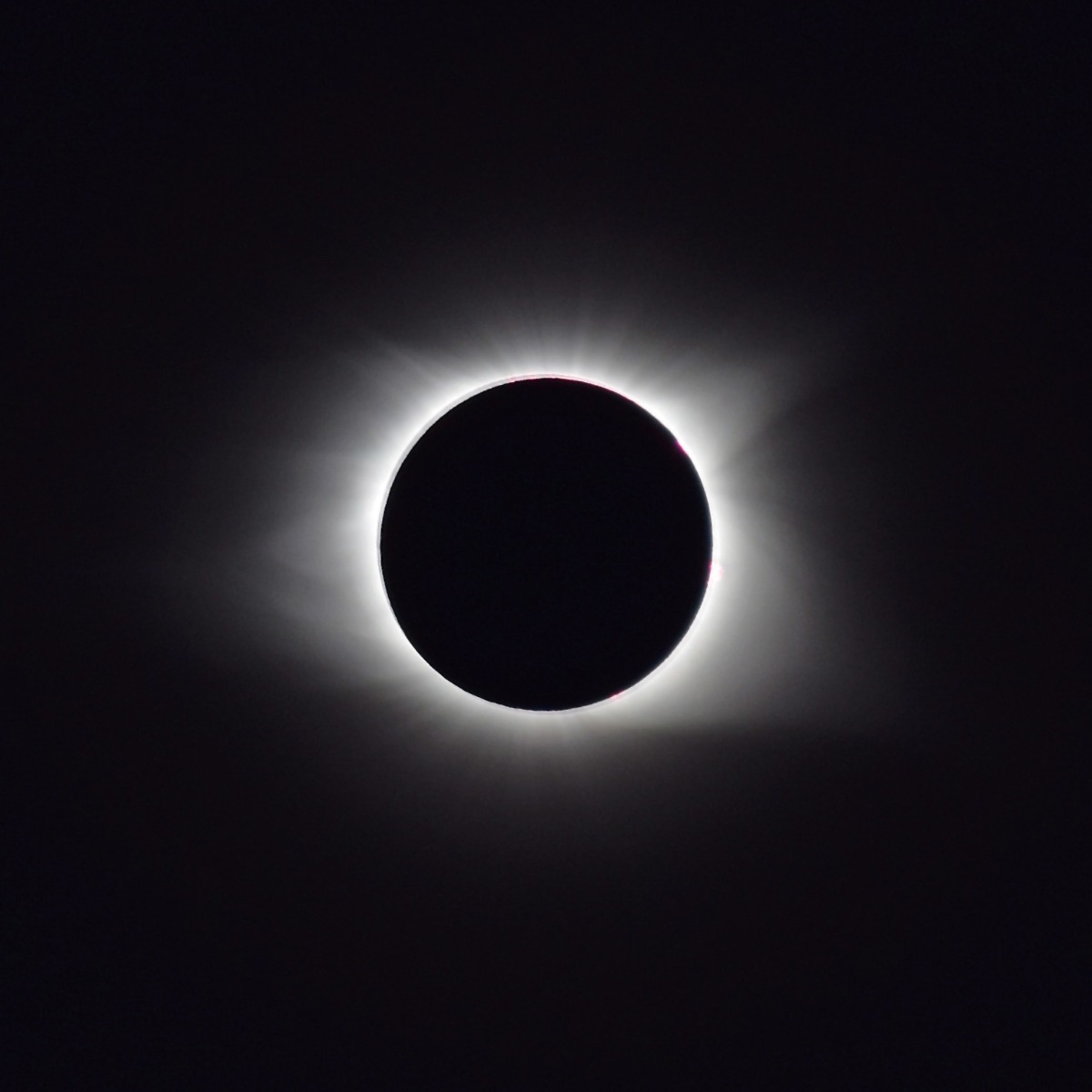
Finding the Right Location
Finding the right viewing location is key to having a great solar eclipse experience. For starters, you’ll want a location with a clear view of the sky, where you can see the eclipse as it happens. A local park or open space can be a great option, especially if it has a wide, unobstructed view of the sky.
If you're not sure where to go, check with a local astronomy club or science center - they may have recommendations for good viewing locations in your area, or may even be holding a public viewing event themselves.
However, no matter where you choose to go, make sure you plan ahead and arrive early. Popular viewing locations can get crowded quickly, and you don't want to be stuck in traffic or unable to find a good spot to watch the eclipse. Plan your route carefully, and if you’re making a road trip, look for convenient locations along the way to stop for food, gas and the inevitable bathroom breaks.
Similarly, make sure you charge all your electronic devices (including, of course, tablets for the kids to use in the car!) and bring plenty of snacks and drinks for both the drive and the event itself. (Since you’ll need to arrive before the eclipse begins and the partial phase takes a few hours, why not pack a picnic?)
The more prepared you are (and the more you anticipate your family’s needs), the more you'll be able to enjoy this amazing cosmic show!
Tools for Viewing
If you're planning on viewing a solar eclipse, it's important to use tools that will protect your eyes from the harmful effects of the Sun's rays. There are a few different options to choose from, depending on your preference and what you have available.
As mentioned earlier, if you’re observing the eclipse with just your eyes, you should use solar eclipse glasses. These special glasses have lenses that are designed to block out almost all of the Sun's light, allowing you to look directly at the eclipse without damaging your eyes.
To use them, you only need to put them on and then look up at the Sun. However, before you do, inspect them first to ensure they’re in good condition and that the lenses are free of scratches and tears. Again, DO NOT use regular sunglasses to view the eclipse. While many can block some harmful ultraviolet (UV) light, none offer the level of protection needed to protect your eyes against the Sun.

Instead, use a special solar filter that’s designed to fit over the end of your telescope or binoculars. These filters will block out almost all the Sun's light, allowing you to safely observe the eclipse. Make sure that the filter is in good condition and is securely attached to your equipment before using it.
It's also important to remember that telescopes and binoculars can magnify the Sun's rays and cause them to become more intense. This can increase the risk of damage to your eyes, including the possibility of permanent blindness. You should therefore exercise caution when using these tools, and follow all safety instructions carefully.
Above all else, NEVER look directly at the Sun through a telescope or binoculars, even with solar eclipse glasses on. It’s like burning a leaf with a magnifying glass, and doing so can cause serious and permanent damage to your eyes.
Another safe option is to make your own pinhole projector, which can also be a fun activity for kids. This can be done either before the day, or on the day itself, while they’re waiting for the eclipse to begin. You’ll need a cardboard box, scissors, foil, a pin, tape or glue, and white paper. Once you have everything you need, it’s a pretty straightforward process.
- Cut two holes into one end of the cardboard box. One will need to be a little larger than the other.
- Cut a piece of foil large enough to cover the smaller hole, and then glue or tape it over the hole.
- Push the pin through the center of the foil to create a tiny hole. The smaller the hole, the better.
- On the inside of the box, on the opposite side from the holes, glue or tape the white paper.
- Stand with the Sun behind you and look through the larger hole - the one without the foil.
- Now move the box so that the hole with the foil is aligned with the Sun and you can see the image of the Sun projected onto the paper inside the box.
Fun Activities for Kids
When it comes to total solar eclipses, everyone, of course, is there for the exciting main event - the few minutes of totality. However, the partial phase leading up to totality can last several hours, and the last thing you want to hear is “has it started yet?” every five minutes. With that in mind, we’ve come up with a few fun (and educational) activities that can help to keep your little ones entertained - or at least, distracted.
One thing kids can do is search for little crescents. As the Sun is partially blocked by the Moon, you might notice crescent shapes projected onto the ground. See who can be the first to spot one. (Hint: you probably won’t see this until the Sun is at least two-thirds obscured.)
Then, have the kids try to find as many of these crescents as they can. Another hint: they’re usually best seen beneath the canopy of trees.
Kids can also look for changes in animal and bird behavior, as during an eclipse, they may become confused and behave differently than usual. Close to totality, you’ll find that animals become quiet and the birds stop singing as they believe that night is falling.
As more of the Sun is eclipsed, you may also notice a drop in temperature. Bring a thermometer and have the kids regularly measure and record the temperature in the 30 minutes before and after totality. During the August 2017 solar eclipse, observers on the ground noticed a temperature change of nearly 10 degrees!
Witnessing a solar eclipse can be an unforgettable experience that is both exciting and educational. Not only is it a rare opportunity to see the beauty of our solar system in motion (literally!), it's also a chance to create memories with your loved ones that will last a lifetime.
Above all else, remember to prioritize safety by always using proper eye protection and following all necessary precautions. Be safe, and with the right tools and a little planning, you'll be able to fully appreciate this incredible cosmic show. So get ready to experience the awe and wonder of a solar eclipse – it's an adventure you won't want to miss!

Learn More
Interested in learning more about solar eclipses? Not sure where to begin? Check out our Astronomy Hub to learn more!
This Article was Originally Published on 06/21/2023







